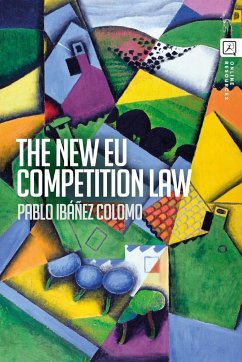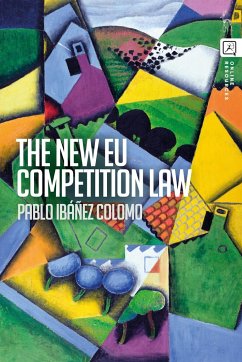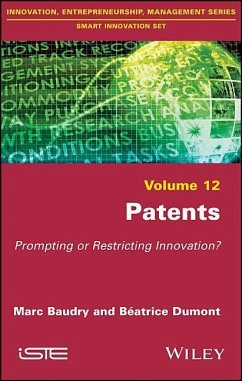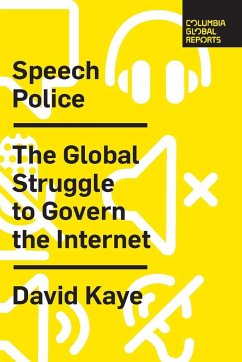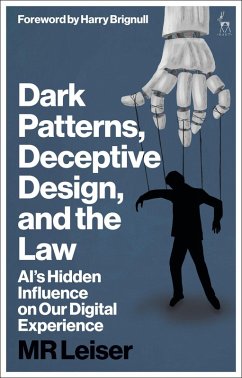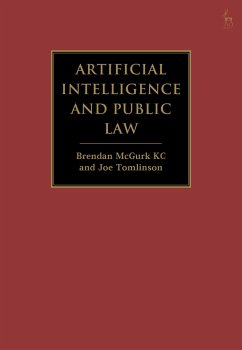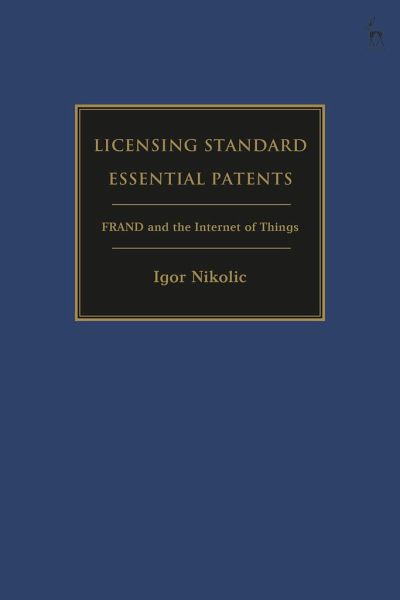
Licensing Standard Essential Patents
FRAND and the Internet of Things
Versandkostenfrei!
Versandfertig in 2-4 Wochen
165,99 €
inkl. MwSt.
Weitere Ausgaben:

PAYBACK Punkte
83 °P sammeln!
What is the licensing framework of standard essential patents (SEPs) for connectivity standards such as 5G and Wi-Fi? How will the framework change with the Internet of Things (IoT)? This book provides comprehensive answers to these questions. For over two decades, connectivity standards have been the subject of litigation and controversy around the globe. Now, with the introduction of 5G and the emergence of the world of connected objects, or the IoT, the licensing framework for SEPs is becoming even more contentious. In order to bring clarity to the debate, this book analyses and explains ke...
What is the licensing framework of standard essential patents (SEPs) for connectivity standards such as 5G and Wi-Fi? How will the framework change with the Internet of Things (IoT)? This book provides comprehensive answers to these questions. For over two decades, connectivity standards have been the subject of litigation and controversy around the globe. Now, with the introduction of 5G and the emergence of the world of connected objects, or the IoT, the licensing framework for SEPs is becoming even more contentious. In order to bring clarity to the debate, this book analyses and explains key components of a fair, reasonable and non-discriminatory (FRAND) licence for SEPs; clarifies the economic, policy and market background of SEP disputes; examines the interrelated application of contract, patent and competition laws; and describes the approaches by courts and regulators in the EU, US and the UK. Importantly, the book also assesses how the experience from the smartphone and ICT industries can be applied in a new environment of the IoT, and considers what needs to be changed in the future SEP licensing landscape. The book provides a holistic coverage of SEP licensing issues in an attempt to reduce uncertainty within this highly complex and technical area, and will be useful to practitioners, policy makers, SMEs and large technology companies in the IoT, as well as academics interested in the field.





